Supportive Government Policies
Supportive government policies are significantly influencing the advanced wound-therapy-devices market in the UK. The government is actively promoting the adoption of advanced medical technologies through various initiatives and funding programs. These policies aim to enhance healthcare delivery and improve patient outcomes, particularly in the realm of wound care. By providing financial incentives and grants for healthcare facilities to invest in advanced wound-therapy devices, the government is fostering an environment conducive to innovation and growth. Additionally, regulatory frameworks are being streamlined to facilitate the introduction of new technologies into the market. This supportive landscape not only encourages manufacturers to develop cutting-edge solutions but also ensures that healthcare providers have access to the latest advancements in wound care, ultimately benefiting patients.
Growing Awareness of Wound Care
There is a notable increase in awareness regarding wound care among both healthcare professionals and patients in the UK. Educational initiatives and training programs are being implemented to inform stakeholders about the benefits of advanced wound-therapy devices. This heightened awareness is crucial, as it encourages the adoption of innovative treatment options that can lead to improved healing outcomes. Furthermore, patient education on wound management is empowering individuals to seek timely medical intervention, thereby reducing the risk of complications associated with untreated wounds. As awareness continues to grow, the demand for advanced wound-therapy devices is likely to rise, fostering a more proactive approach to wound care. This cultural shift towards prioritizing effective wound management is expected to have a lasting impact on the market.
Increased Healthcare Expenditure
The advanced wound-therapy-devices market is benefiting from the rising healthcare expenditure in the UK. The government has been increasing its investment in healthcare services, with a focus on improving patient outcomes and reducing the burden of chronic diseases. In recent years, healthcare spending has risen by approximately 4-5 % annually, which has led to enhanced funding for advanced wound care technologies. This financial support enables healthcare facilities to acquire state-of-the-art devices that can significantly improve wound healing processes. As hospitals and clinics adopt these advanced solutions, the overall efficiency of wound management is likely to improve, resulting in better patient care and reduced healthcare costs in the long run. The emphasis on quality care and effective treatment options is expected to drive further growth in the advanced wound-therapy-devices market.
Rising Incidence of Chronic Wounds
The advanced wound-therapy-devices market in the UK is experiencing growth due to the increasing prevalence of chronic wounds, such as diabetic ulcers and pressure sores. According to recent data, chronic wounds affect approximately 1-2 % of the population, leading to a heightened demand for effective treatment solutions. This trend is further exacerbated by an aging population, which is more susceptible to such conditions. The need for advanced wound care technologies is becoming critical, as traditional methods often prove inadequate. Consequently, healthcare providers are increasingly adopting advanced wound-therapy devices to enhance patient outcomes and reduce healing times. This shift not only improves the quality of care but also alleviates the financial burden on the healthcare system, as effective wound management can significantly lower treatment costs associated with prolonged hospital stays.
Technological Innovations in Wound Care
Technological advancements play a pivotal role in shaping the advanced wound-therapy-devices market. Innovations such as bioengineered skin substitutes, negative pressure wound therapy, and smart dressings are revolutionizing wound management. These technologies enhance healing rates and improve patient comfort, which is crucial in a healthcare landscape that prioritizes patient-centric care. The market is projected to grow at a CAGR of around 6-8 % over the next few years, driven by these innovations. Furthermore, the integration of digital health technologies, such as telemedicine and remote monitoring, is likely to facilitate better management of wound care, allowing healthcare professionals to monitor patients' progress in real-time. This technological evolution not only optimizes treatment protocols but also empowers patients, making them active participants in their healing process.


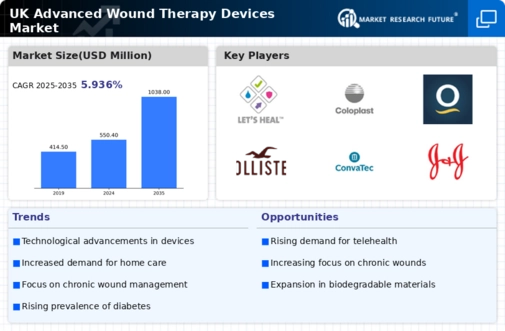
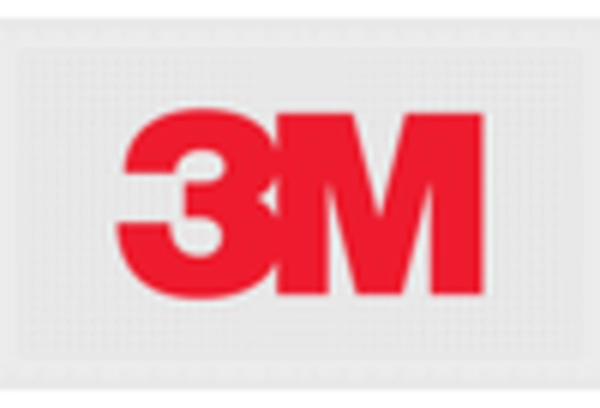
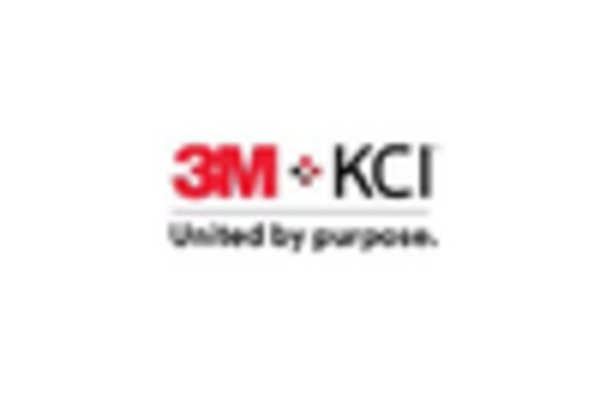
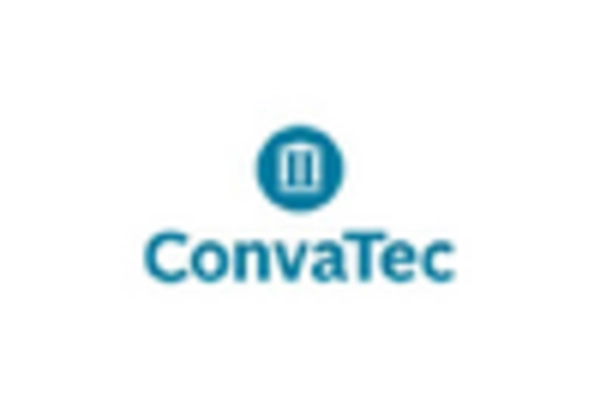
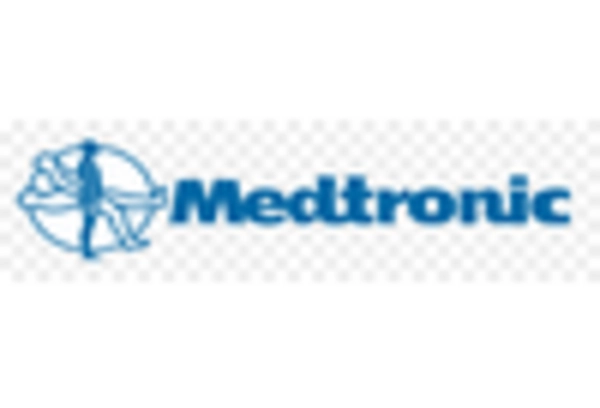
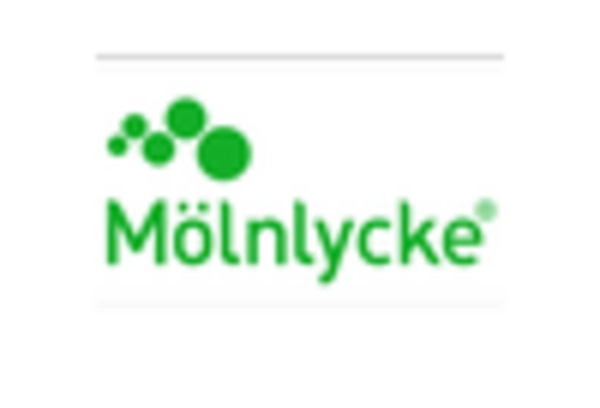
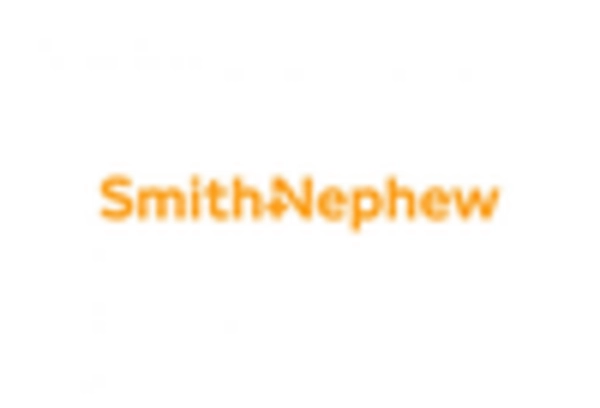








Leave a Comment